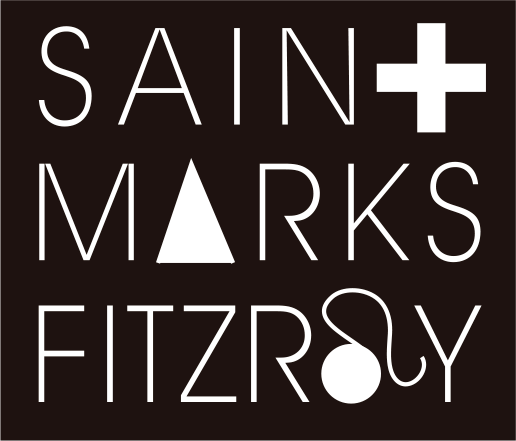11: Inside – Old School
When Victoria became an independent colony in 1851, it inherited a dual system of publicly funded schools from New South Wales. The Denominational School Board administered the funding and regulation of church-based schools, and the National School Board oversaw government-funded secular schools.
The Board of Education was formed in 1862, at which point the Denominational School Board dissolved, and a system of common and rural schools established.
https://guides.slv.vic.gov.au/education
Victoria was the first of the colonies to introduce free, compulsory and secular education with the passing of the Education Act 1872 (No.447). School attendance increased by approximately fifty percent as soon as education became free and compulsory.
https://prov.vic.gov.au/archive/VA714
All children aged 6-15 years were now required to attend school unless they had a reasonable excuse. Financial aid to church schools ended in 1874, with these schools allowed to continue independently. With the Education Act the Department of Education was established, led by Victoria's first Minister of Education.
https://guides.slv.vic.gov.au/education
In many instances children's experiences of schooling could not have been very pleasant. Buildings were often makeshift, ill ventilated, inadequately heated and sometimes designed for other purposes. Many denominational schools were also used as churches and during school sessions several classes were taught in a large room partitioned from one another only by a curtain. Often playgrounds were non-existent, especially in Melbourne's crowded inner suburbs. It is perhaps not surprising that attendance was often irregular.
Although it is sometimes assumed that the curriculum offered in 19th-century schools was of an extremely restricted nature and limited to the teaching of reading, writing and arithmetic, this was never the case in most of Melbourne's public schools. The course of study, in addition to the 3Rs, usually included grammar, dictation, spelling, geography, drill, drawing and singing, and in some instances higher subjects such as mathematics, bookkeeping, Latin or French. A similar range of subjects could also be found in many of the private schools. The inclusion of higher subjects was not unusual at a time when schools were attended by children of all ages, as it was not until the latter decades of the century that primary and secondary education were regarded as distinct stages of tuition, conducted in separate institutions. In the public schools children progressed through five classes, although not all reached the highest stage. As school attendance was voluntary, children entered at different ages and often a wide range of ages could be found within the one class.
https://www.emelbourne.net.au/biogs/EM00507b.htm
Life in Victorian classrooms was drastically different from today’s school experience. There was no technology and no ‘fun’ activities. Teachers were much stricter and children had few if any rights. The school day was very long, sometimes lasting until 5 pm. Any windows in the classroom tended to be high up, making it impossible for pupils to see out. There was a huge emphasis on rote learning (learning off by heart). This might mean having children chant the times tables until they knew them. Boys and girls were segregated for some subjects: girls would study needlework while boys studied woodwork. Children used a slate to write on, which could be wiped clean. They might also use a quill pen (like a feather), which was dipped in ink from an ink well on the desk. Classrooms were generally poorly equipped: there might be a map of the world or an abacus (an instrument with beads to help children learn to count).
https://www.twinkl.com.au/blog/what-were-victorian-schools-like-for-children
St Marks school dates from 1849. When the school first opened it was actually on the other side of the church on George Street. It was moved to Hodgson Street in 1923. St Marks was a primary school.
Have a look at the windows are they windows that the children could look out of?
